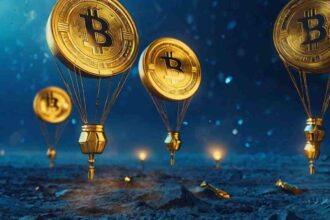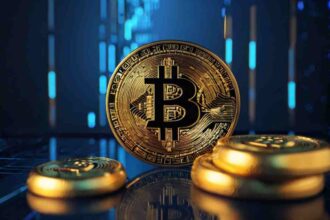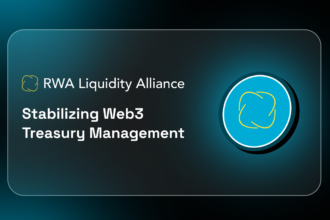Guide to NFT valuation covers various factors defining a non-fungible token’s value. Acquiring essential NFT valuation skills is imperative to elevate your status from an average digital assets investor to a seasoned professional.
- Understanding NFT Valuation
- Important Considerations when Determining the Value of an NFT
- Guide to NFT Valuation using Crucial Data and Insights
- Sniffing Blockchains to Identify Potential Copycats Using a Forgery Detector
- Quantifying the Investment Value of an NFT using a Rating Tool
- Determining the Fair Value of an NFT using Price Estimation Tools
- Important Insights that Help Derive Accurate Assessments
- Conclusion
NFT valuation involves determining the utility aspects of an NFT, available liquidity, whether tied to an RWA, rarity, cross compatibility, social provenance, ownership history, current market conditions, and future expectations.
For an extended period of time since the invention of NFTs, keeping tabs on NFT valuation was difficult. Usually, the last buyer’s price could hint at the next price, but this was insufficient to provide a complete picture of the NFT’s valuation. Besides, even proving the legitimacy of a project was increasingly becoming a flurry of predicaments with the rising prevalence of scammers.
Until recently, scientists discovered the role of analytical tools in conducting onchain due diligence. Better yet, these scientists discovered that they could play around with massive onchain data sets and gain more reliable insights into a digital collectible’s utility, legitimacy, and ownership history.
Finally came the onset of generative AI and the possibilities of processing these data sets through an advanced AI and ML system to deliver personalized recommendations, intelligent insights, enhanced predictive modeling, unparalleled risk assessments, and streamlined decision-making capabilities.
Throughout the guide, we will draw parallels between risk assessment, utility evaluation, social provenance, ownership, and the importance of robust research tools when exploring the value of onchain assets.
Understanding NFT Valuation
NFT valuation should answer why an NFT has value. In this guide to NFT valuation, we will answer that too. The process of valuing an NFT considers actual reasons why the community behind the asset perceives it as a treasure.
One of the earliest reasons people tied NFTs with esteem value was their originality and immutability. While this is still the case, investors now perceive originality as a key NFT feature rather than a measure of value.
Today, we are witnessing increasing tokenization of real-world assets (RWA) and the creation of NFTs to represent the value of these assets onchain. Authenticity and originality are some of the features of these NFTs, but they derive their real value from the RWAs behind them.
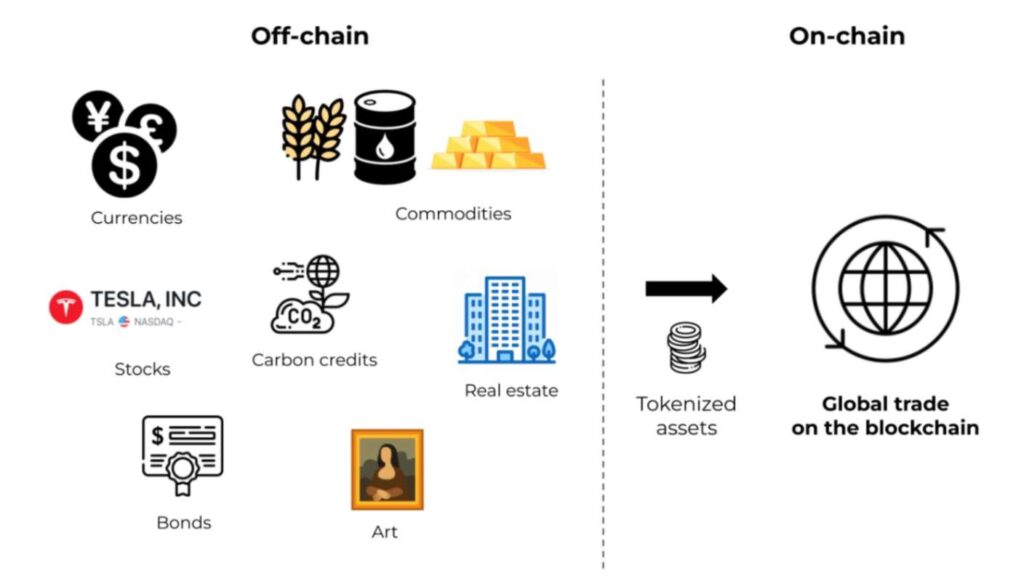
As an onchain asset type, an NFT derives its value from its utility, demand, and how the community feels about it. Gradually, the NFT builds a personality for itself based on how it has changed hands, its current owner, social sentiments around it, and how the community is using it.
Every metric you need for assessing the value of blockchain assets is available on-chain. The problem is that these metrics are cluttered, and their sheer volume and lack of insights makes it impractical for the average investor.
Vijay Pravin, the founder and CEO of bitsCrunch
Yet, investors need to assess the NFT’s ownership history, past and current utility, future speculations in price, utility, and liquidity aspects before investing. In the upcoming sections, we will walk you through on how to make sense of all these insights when investing in NFTs.
Intrinsic Value
Whether or not Non-fungible Tokens (NFTs) have intrinsic value is a debatable subject. Notably, NFTs derive their value from provenance, digital scarcity, and uniqueness. However, determining the intrinsic value of NFTs has led to a split in perspective. Some believe NFTs lack intrinsic value because they are essentially valuable as long as someone is willing to pay for them. Also, there are those who claim the intrinsic value of an NFT is tethered to the value of the underlying asset they represent.
Ultimately, an NFT derives its intrinsic value from market demand, community perspective regarding the worth of the asset, and whether it represents a valuable abstract concept or a valuable real-world asset.
Meanwhile, the belief that an NFT lacks intrinsic value has unfounded claims that an NFT is a blockchain record, and if someone created the record, they could copy, corrupt, or inflate its value. The reason we deem these claims unfounded boils down to the fact that onchain data analytics exist to combat such issues.
For example, data analytics can easily monitor the blockchain and pick up suspicious activities like copying, corrupting, or washing trading practices that inflate the value of assets.
Extrinsic Value
NFTs have extrinsic value, which is a widely accepted notion that ties the inherent value of an NFT to external conditions; in determining the extrinsic value of a non-fungible token, factor in current market trends in the NFT space, overall sentiments, the creator’s reputation, and community buzz. Essentially, an NFT’s extrinsic value fluctuates based on market dynamics and external circumstances.
Previously, we mentioned rarity, scarcity, creator reputation, historical sales data, and use cases as the main factors determining the value of Non-fungible Tokens (NFTs). It’s time to place these factors into context in the next section of the guide to NFT valuation.
Important Considerations when Determining the Value of an NFT
Rarity
Determine how rare and difficult it is to find a similar NFT. The rarity level is an excellent method for assessing the value of a Nonfungible Token.
Utility
Utility refers to an NFT’s usefulness, practicability, and applicability, whether in the physical or digital space. Some NFTs may have huge use cases in a game but become just another JPEG in real life.
Ownership History
Past owners of an NFT go a long way in influencing the value of an NFT. An NFT created by a prominent person or one that has changed hands across prominent persons contains high ownership value. Hence resulting in a high resale price.
Social Proof
A valuable NFT project must command a strong social media presence and a loyal community that believes in the project.
Cross compatibility
Interoperability might not be a mandatory NFT value determinant but could play a role in influencing the price of an interoperable token.
Learn how to leverage data insights when deriving accurate NFT assessments in the next section of this guide to NFT valuation.
Guide to NFT Valuation using Crucial Data and Insights
Sniffing Blockchains to Identify Potential Copycats Using a Forgery Detector
A forgery detector tool is an essential NFT insights tool for scoring blockchains and marketplaces for forged, Non-fungible Tokens. A convenient forgery detection tool sheds light on the extent to which multiple NFTs match each other.
With such a convenient NFT forgery detector tool, investors can flag down copycats and identify the originating wallet address. Hence, it allows the investor to compare what they want/have with the copycats when evaluating the rarity of an NFT.
The forgery detector tool is more like a due diligence tool to help identify illegitimate NFT fakes before investing. However, the tool can also help creators flag down their copied work.
Quantifying the Investment Value of an NFT using a Rating Tool
An NFT rating system analyzes blockchains, marketplaces, trading activity, transactions, and volumes to rate the value of an NFT.

The ratings empower investors with insights regarding the true value of an NFT compared to its market price. This enables them to invest wisely by relying on data-driven decisions. In most cases, NFT marketplaces, research tools, and NFT investment platforms may be fitted with the API of a rating system.
Determining the Fair Value of an NFT using Price Estimation Tools
According to UnleashNFTs, the nascent nature of Non-fungible Tokens makes it difficult to estimate their price accurately. For this reason, NFTs have become a challenging asset to purchase, sell, or lend.
Wash trading activity to inflate the value of NFTs has also complicated the process of estimating price. As per a bitsCrunch analysis, wash trading affects 46% of all Ethereum NFTs volume.
Important Insights that Help Derive Accurate Assessments
Accurate assessment of NFT value relies on a combination of various onchain and market insights. Some of these insights include market analysis, creator reputation, provenance, smart contract data, token standards, rarity, metadata, attributes, community sentiments, and secondary market data.
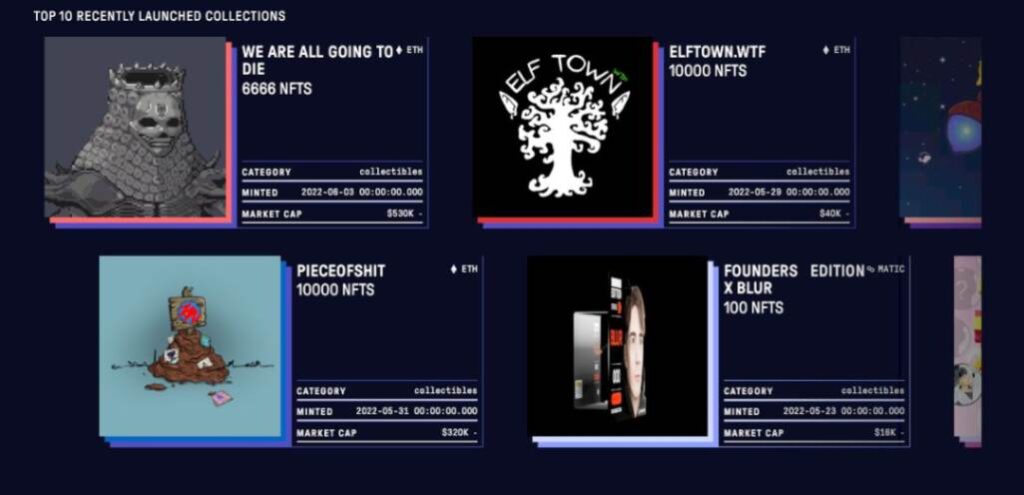
Blockchain and smart contracts data can shed light on various aspects of an NFT. For instance, some blockchains may dominate others regarding NFT sales. Besides, an NFT has the highest chance of inheriting its parent blockchain’s security features and capabilities.
Studying token standards would help investors understand various available standards, such as Ethereum’s ERC-1155 and ERC-721 or Bitcoin’s BRC20 ordinals standard. Examining some of these data could help highlight crucial metadata and attributes for particular NFTs. Each NFT carries particular attributes, traits, and characteristics. This information is valuable when evaluating the impact of an NFT.
Assessing community and social proof can also shed light on the engagement level of an NFT and whether the overal community sentiment is positive enough to create strong demand and potential value appreciation.
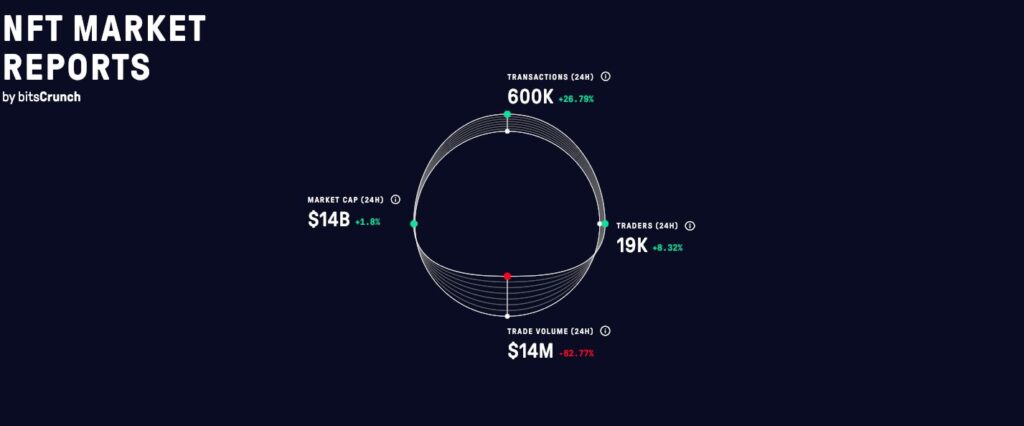
Secondary market data also clearly depicts past sales, trading volume history, and price trends. All of these insights are valuable when determining the value of a cryptocurrency. Moreover, this data can shed more light on the broader market dynamics, shifts in investor sentiment, and current cultural trends.
Conclusion
The sole mission of the Guide to NFT Valuation was to walk you through essential strategies and insights for accurate assessment of NFTs. For this reason, we discussed the meaning behind NFT valuation, covered intrinsic and extrinsic value aspects of NFTs, highlighted factors that affect valuation, and finally talked about essential strategies and insights for accurate assessment.
Don’t forget we also mentioned various examples of tools for deriving crucial evaluation data. One such tool was the bitsCrunch forgery detector tool for separating genuine NFTs from market fakes. We hope that you take advantage of such tools when conducting due diligence and always ensure your market research is data-driven.
As an investor, due diligence and market research are part of the process. Foregoing them is almost like saying, “I’m not ready to know whether I’m investing in something genuine.” and will most likely not end well. The best thing is you can take advantage of various online resources, available onchain data, and platform data API features to construct a reliable data-driven strategy for accurately evaluating NFTs.


















